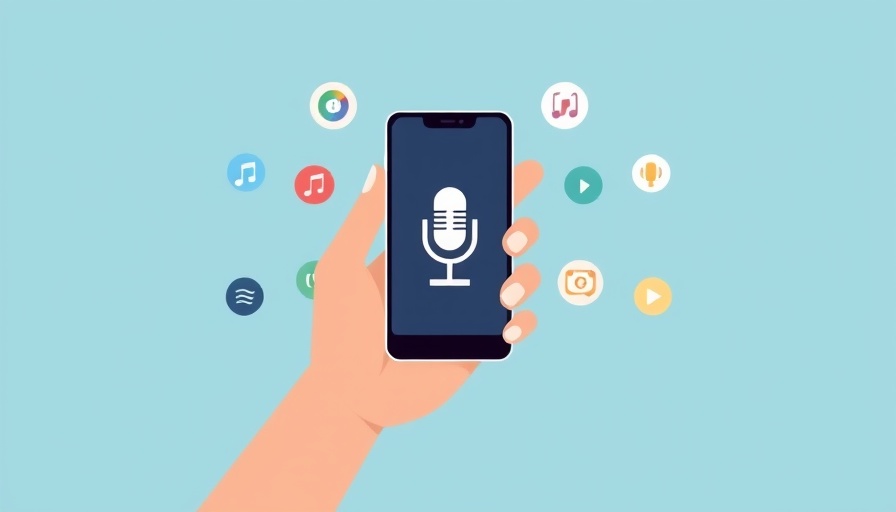
Embracing Uncertainty: Sougwen Chung's Artistic Journey with AI
In a rapidly evolving world where technology encroaches on creativity, Sougwen Chung stands out as a beacon of possibility. This Canadian-Chinese artist views artificial intelligence (AI) not merely as a rival, but as an innovative collaborator. For Chung, AI is an invitation to explore the unpredictable nature of creativity, turning the traditional artistic process on its head.
The Art of Performance and Innovation
Chung's exhibitions are live, kinetic experiences that allow audiences to witness a captivating interplay between human and robotic artistry. Rather than focusing solely on the trade of traditional methods for digital technologies, Chung believes in augmenting art through technology. Their work is characterized by an approach where the creative moment unfolds in real-time, with robots like DOUG 4 dynamically translating the artist's brainwaves into tangible strokes on canvas.
As Chung demonstrates in their celebrated piece, Spectral, AI can be reshaped from a tool of reproduction to a partner in creation, actively engaging in the artistic process. This transformation encourages viewers to reconsider their perceptions of art, melded with technological innovation, and the newly formed relationships it fosters.
The Collaborative Spirit of Artistic Creation
According to scholars such as Sofian Audry, Chung's work embodies a unique performance-based approach distinct from the conventional use of generative AI. Chung's robots are designed to be partners in creativity rather than mere instruments, fostering a feedback loop where artistic expression becomes a shared endeavor. “It’s no longer about competition, but about co-production,” emphasizes Zhang. The robots, initially intended for mimicry, evolve with Chung, producing interpretations infused with the artist's influence but enriched by their computational quirks. Each stroke becomes a blend of human intention and machine response, leading to unexpected outcomes that enhance Chung's creative process.
Challenging Norms in Art and Technology
Chung’s dedication to redefining the artist-technology dynamic is especially relevant in today's socio-political climate. While concerns over AI’s role in replacing creative jobs loom large, Chung asserts that the discourse should shift from fear to exploration. By merging the worlds of art and technology, they challenge prevailing narratives of AI as a threat, instead advocating for its potential to enrich human creative pursuits. As Chung states, it’s essential to celebrate the rights of artists while simultaneously harnessing AI's power as a catalyst for artistic growth.
Future Directions: Art as a Collective Experience
Chung's latest endeavors focus on making the collaborative art process more inclusive. They envision a future where the public can engage directly with AI-driven art, drawing alongside the robots and contributing to a collective canvas. This vision reflects Chung's aspiration to shift the artistic experience from an isolated endeavor to a communal one, furthering the dialogue about human-machine interactions in a creative context.
Conclusion: A New Era of Artistic Exploration
Sougwen Chung's pioneering work epitomizes the potential for collaboration between humans and machines in the realm of art. As they navigate the complex relationship between technology and creativity, Chung invites both audiences and fellow artists to contemplate the boundless possibilities that arise when we embrace uncertainty instead of resisting it. For executives and decision-makers exploring the integration of AI into their strategies, Chung’s work serves as a compelling proof-of-concept for harnessing technology as a partner, not a competitor, in the creative industries. With AI leading us towards new realms of exploration, the future of art promises to be as unpredictable as it is enchanting.
 Add Row
Add Row  Add
Add 




Write A Comment